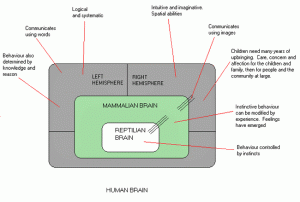 It wasn’t too long ago when sport industries were confounded by the openness of social media and the ability for fans and players to share experiences in real time. Now of course, times have changed and teams in every sporting league imaginable are experimenting with social media to improve relationships and experiences with fans. The San Francisco Giants are among the sports teams that are leading the way for a new genre of engagement and community building.
It wasn’t too long ago when sport industries were confounded by the openness of social media and the ability for fans and players to share experiences in real time. Now of course, times have changed and teams in every sporting league imaginable are experimenting with social media to improve relationships and experiences with fans. The San Francisco Giants are among the sports teams that are leading the way for a new genre of engagement and community building.
2010 was a whimsical year for the San Francisco Giants. Not only did the team win its first World Series in 54 years, it was the year that a new Giants story started to unfold. Pablo Sandoval, Brian Wilson and the beard, Tim Lincecum, and the rest of the team started to win together and social media emerged as a digital stadium where fans around the world could not only watch how the story unfolded, but also become part of the story.
